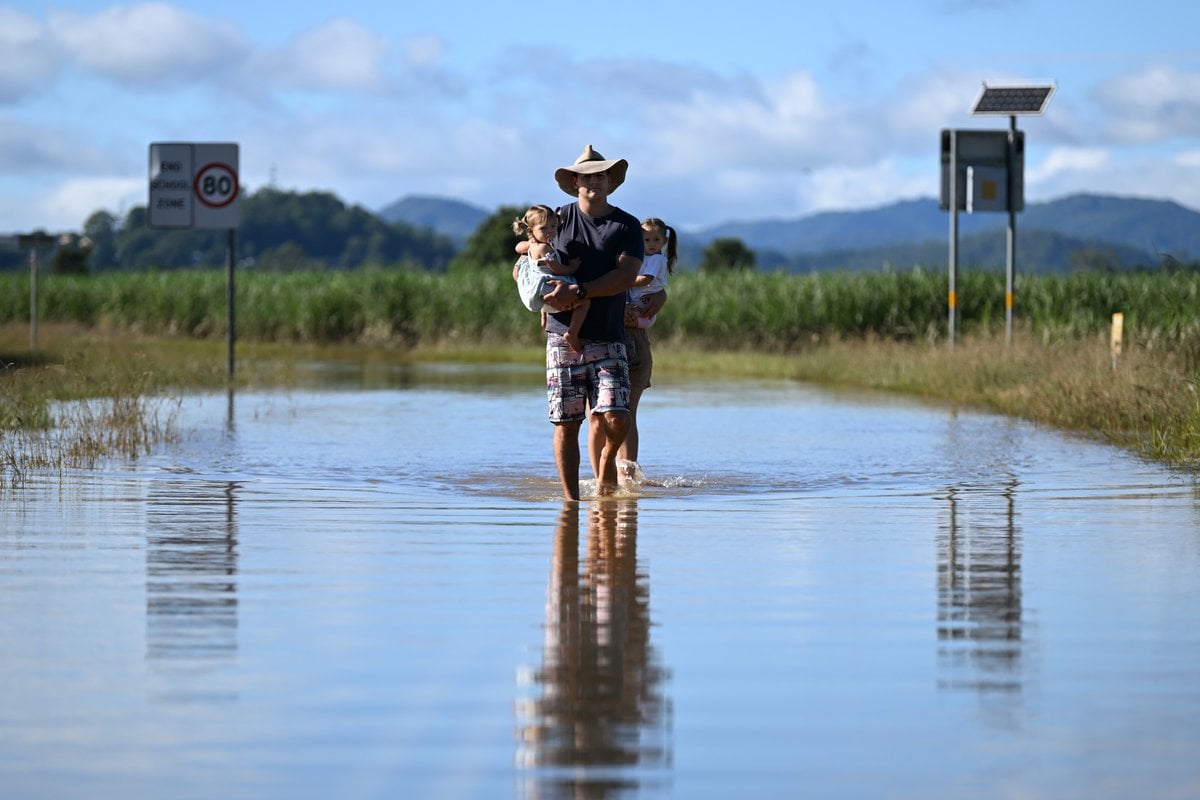
The devastating floods in Queensland and New South Wales highlight, yet again, Australia’s failure to plan for natural disasters. As we’re seeing now in heartbreaking detail, everyday Australians bear the enormous cost of this inaction.
It’s too soon to say whether the current floods are directly linked to climate change. But we know such disasters are becoming more frequent and severe as the climate heats up.
In 2019, Australia ranked last out of 54 nations on its strategy to cope with climate change.
Watch: Kids on climate change in 2017. Post continues after video.
Australia had a chance to lift its game when it released a new climate resilience and adaptation strategy late last year. But the plan was weak and contained no funding or detailed action.
At the time of writing, the current floods have killed at least 21 people across two states and left many thousands homeless. Sydney suburbs were being evacuated amid warnings of more intense rain.
Governments must urgently invest in measures to help communities cope with extreme weather events. As we’re seeing right now, Australian lives depend on it.
Right here, right now.
Last week’s report by the Intergovernmental Panel on Climate Change was just one in a long line of warnings about the increasing risk of natural disasters as global warming worsens.

Top Comments